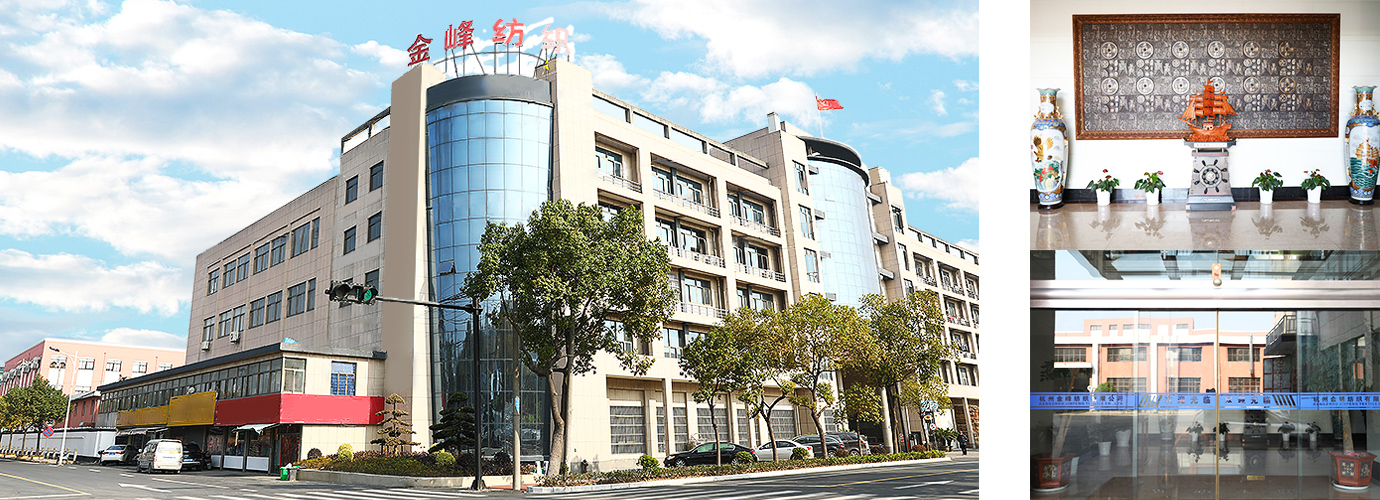Industry knowledge
What are the advantages of using slight intermingled DTY compared to other types of yarn?
Improved Strength and Durability: Slight intermingled DTY exhibits enhanced strength and durability due to its intermingling process. The interlacing of filaments provides better cohesion and resistance to breakage, making it suitable for applications that require robust and long-lasting yarn.
Enhanced Elasticity: The intermingling process imparts elasticity to the yarn, allowing it to stretch and recover without losing its shape or breaking. This property makes slight intermingled DTY ideal for applications where elasticity is crucial, such as sportswear, activewear, and stretchable fabrics.
Better Wrinkle Resistance: Slight intermingled DTY has inherent wrinkle resistance due to its intermingled structure. Fabrics made from this yarn tend to have reduced wrinkling and creasing, resulting in garments that require less ironing or maintenance.
Improved Dyeing Performance: The intermingling process creates more surface area for dye absorption, leading to better dye penetration and color uniformity. Slight intermingled DTY allows for vibrant and consistent coloration, making it suitable for dye-intensive applications like textiles, apparel, and home furnishings.
Soft and Comfortable Feel: Fabrics produced from slight intermingled DTY have a soft and smooth texture, providing a pleasant tactile experience. This attribute makes it desirable for various applications, including bedding, undergarments, and baby clothing.
Reduced Pilling: Slight intermingled DTY tends to exhibit lower levels of pilling, the formation of small fabric balls or fuzz on the surface of textiles. This characteristic ensures that fabrics made from this yarn maintain their appearance and quality over extended use.
Versatile Applications: Slight intermingled DTY finds application in a wide range of industries, including textiles, apparel, home furnishings, automotive textiles, and technical textiles. It can be used in weaving, knitting, and warp knitting processes to create fabrics for diverse end uses.
Are there any specific dyeing or finishing techniques that are recommended for slight intermingled DTY?
Pad Dyeing: Pad dyeing is a common method used for dyeing slight intermingled DTY. In this technique, the yarn is passed through a dye solution and then padded to ensure uniform dye penetration. The intermingled structure of the yarn allows for better dye absorption, resulting in vibrant and even coloration.
Jet Dyeing: Jet dyeing is another effective dyeing method for slight intermingled DTY. It involves the use of high-pressure jets to propel the dye liquor through the yarn. This technique ensures thorough dye penetration and facilitates color uniformity.
Package Dyeing: Package dyeing is suitable for dyeing relatively smaller quantities of slight intermingled DTY. In this method, the yarn is wound onto perforated dye packages, which are then immersed in a dye bath. The dye solution penetrates the yarn through the perforations, enabling even dyeing.
Exhaust Dyeing: Exhaust dyeing is a technique where slight intermingled DTY is dyed in a closed vessel under heat and pressure. The yarn is immersed in a dye bath, and the dye molecules are absorbed onto the fiber surfaces through the application of heat and pressure. This method ensures excellent color fastness and dye fixation.
Finishing Techniques: After dyeing, slight intermingled DTY may undergo various finishing techniques to enhance its performance or aesthetics. Common finishing techniques include heat-setting, softening, anti-static treatment, moisture management, and wrinkle resistance treatments. These processes can improve the yarn's stability, handle, and functional properties based on the desired end-use applications.










